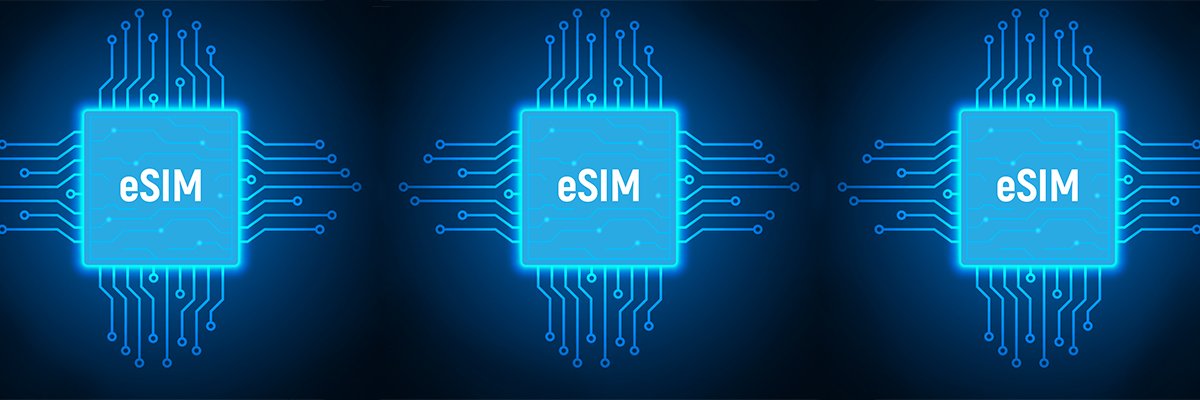The strong growth over the past year of the embedded subscriber identity module (eSIM) industry is continuing, reshaping a number of associated sectors, but until now, it has yet to reach critical mass in enterprise internet of things (IoT) deployments outside of the automotive sector, a situation that is likely to change thanks to new industry specifications and network technologies, according to a study from GSMA Intelligence.
The study from the insights, forecasts and research division of the trade association for the global mobile industry found that the number of licensed cellular IoT connections – such as cellular machine-to-machine (M2M) and licensed low-power, wide-area network (LPWA) – will reach 5.8 billion globally by 2030 across all SIM form factors, up from 3.5 billion in 2023.
In addition, the study forecasts that eSIM will take a growing share of the market, with mobile operators expecting eSIM to account for 37% of the total number of cellular IoT connections by 2030, followed by integrated SIM (iSIM) at 34% and the traditional removable SIM at 29%.
Vertical sectors were fuelling eSIM growth, and the survey noted two important findings in this regard. First, there was said to be a consensus among operators that enterprise demand for eSIM-enabled services will grow across most industries, and second, the fact that eSIM is already mainstream in connected vehicles likely explained why operators didn’t rank automotive as the industry that will see the highest demand for eSIM during 2024–2025.
That said, GSMA Intelligence believes automotive will continue to lead in eSIM adoption while offering new business opportunities. These will likely include contract renewals and use of dual-eSIM technology.
Mobile operators surveyed in the report expect the highest demand for eSIM-enabled offerings to come from smart cities in 2024–2025. This involves services for smart monitoring systems that track electricity usage, waste collection and management, air quality, and traffic patterns.
GSMA Intelligence noted that a growing range of smart city projects, in particular in China and the US, involves the use of eSIM for smart traffic management systems and parking services, as well as for smart street lighting.
The survey showed that when operators spoke to their enterprise customers about the benefits of eSIM for IoT deployments, security and scalability were cited as the benefits most often included in their conversations to drive interest in eSIM deployments.
Going forward, GSMA Intelligence advised that to pave the way to more enterprise IoT deployments using eSIM, the industry must cover three main challenges when deploying IoT offerings: integrating IoT technology with legacy technology, including IT; security and data privacy concerns; and the cost of implementation of IoT solutions.
To achieve scale, GSMA Intelligence said eSIM needs to help enterprises address these challenges. It added that the adoption of global standards and specifications for eSIM, as opposed to proprietary solutions, may help tackle some of the challenges around integration and interoperability of different IoT solutions and platforms.
